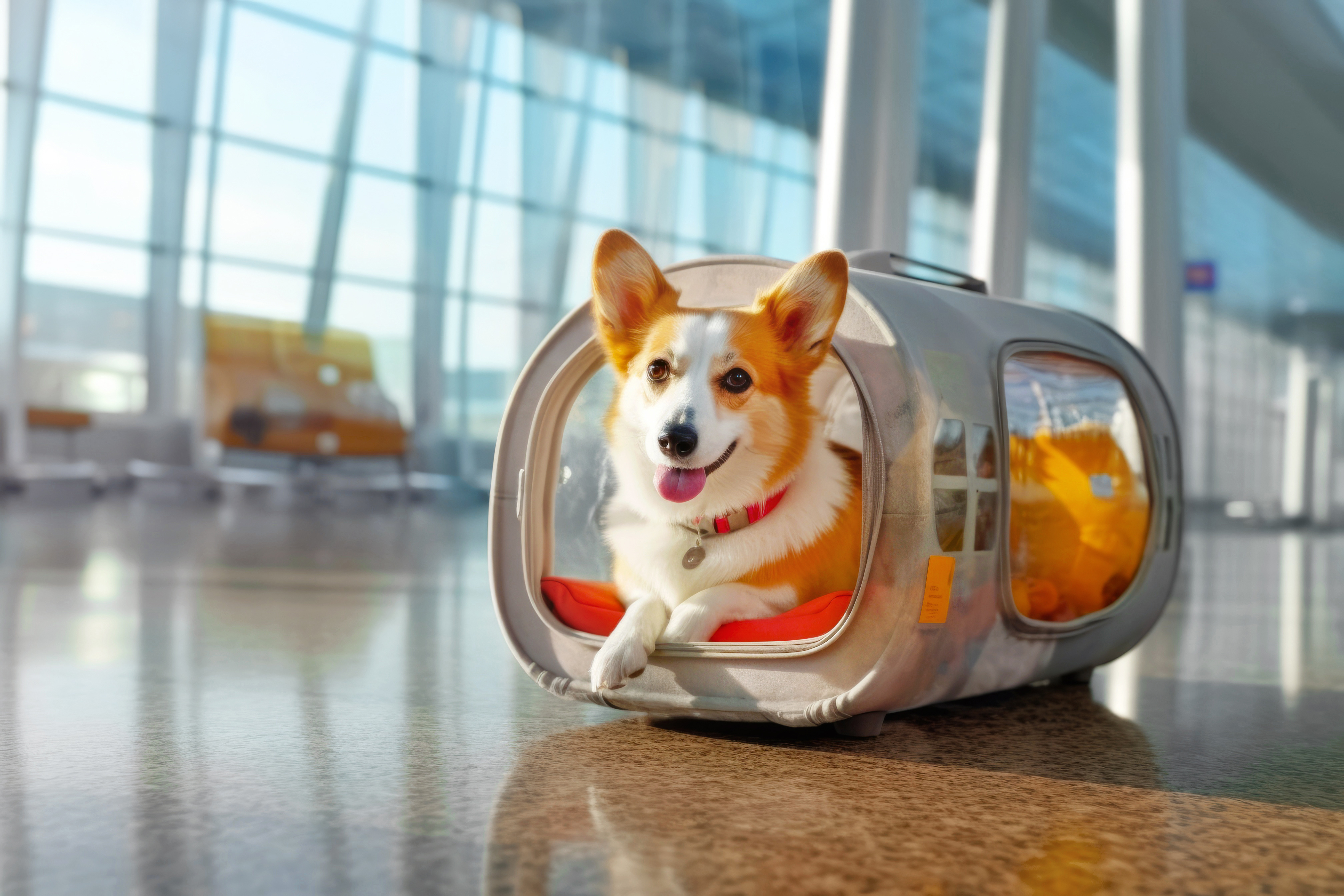All aboard the pet wagon
On World Tourism Day today, we talk to pet parents and revel in their joys of travelling with furry friends
Travelling with a companion can bring joy, but travelling with your furry friend can double that up. On World Tourism Day today, we engage with pet parents who make sure that their furry friends accompany them whenever they go. Manisha Sharma (30) has travelled with her cat, Plowy, for more than two lakh kilometres. Talking about their most memorable trip, Sharma says, “Every trip is memorable with Plowy, but our trip from Jaipur to Amritsar to Manali was unforgettable. It was Plowy’s first time in snow and we were worried about how she would respond, but to our surprise, she enjoyed. It was magical to see her walk in snow with her baby paws.”


While many pet parents prefer taking car or train rides, Chow Sureng Rajkonwar (40), travels with his dog, Bella, on a motorbike. He says, “Bella and I have covered a distance of over 15,000km.”

On his travels Rajkonwar makes sure to feed the strays he and Bella come across. To other pet parents, he recommends, “exploring destinations that offer open spaces for your pets to frolic and explore without the leash. One of my favourites is the Dong Valley in Arunachal Pradesh. The lush landscape provides the perfect playground for our four-legged friends.”
In terms of accommodation, the country now offers an array of places that are pet-friendly. Shalini Dwivedi (33), a parent to Juno and Scar (dogs), says, “We have stayed at properties that are pet friendly, but we try to stay at our relatives’ or friends’ houses as they are more convenient. I love that they (pets) get to experience places that they haven’t seen before. We live in a flat and hence one of my biggest motivations for travelling with them is to find places where they can just run around and have fun.”

Travelling with pets requires training. While Dwivedi took the help of a trainer, Rajkonwar says, “Training a dog for long trips is a gradual process and is most effective when initiated during their early months. I began Bella’s training when she was just four months old, focusing on familiarising her with two-wheelers.”
On the other hand, cats are territorial. Sharma says, “We started with small-distance travelling within the city when she was just a few months old. She loved those drives. We have also trained her to walk on a leash. We always prioritise Plowy in any situation and make sure to take food breaks and litter breaks.”
Points to keep in mind when planning the trip
Health check: Schedule a visit to the veterinarian to ensure your pet is in good health for the trip and up-to-date on their vaccinations. Get necessary medications, including flea and tick prevention.
Identification: Ensure your pet has proper identification, including a collar with an ID tag and a microchip with updated contact information.
Travel-friendly accommodation: When booking an accommodation, choose pet-friendly hotels, motels or vacation rentals. Confirm their pet policies, fees and whether they offer amenities like designated pet areas or walking trails.
Travel kit: Assemble a pet-specific first-aid kit that includes bandages, antiseptic wipes, tweezers for removing splinters or ticks, and any medications your pet may need during the travel.
Emergency contacts: Research local veterinarians and emergency pet clinics at your destination in case of unforeseen health issues.
Plan pet-friendly activities: Research pet-friendly attractions, parks, and activities at your destination to include your pet in the adventure.

Precautions to be taken while travelling with pets
Provide a cozy space: Arrange a comfortable spot for your pet to sit during the journey and secure their leash for safety.
Accessible food and water: Keep their food, water and utensils easily accessible so you can serve them quickly during stops.
Consider weather conditions: Avoid travelling in extreme heat or heavy rain, as it can be uncomfortable and unsafe for your pet.
Protective gear: Get your pet accustomed to wearing riding goggles and rain jackets for their safety and comfort.
Take regular breaks: Plan for frequent breaks to let your pet stretch their legs. Whenever it’s safe, unleash your pet to play and explore their surroundings.





